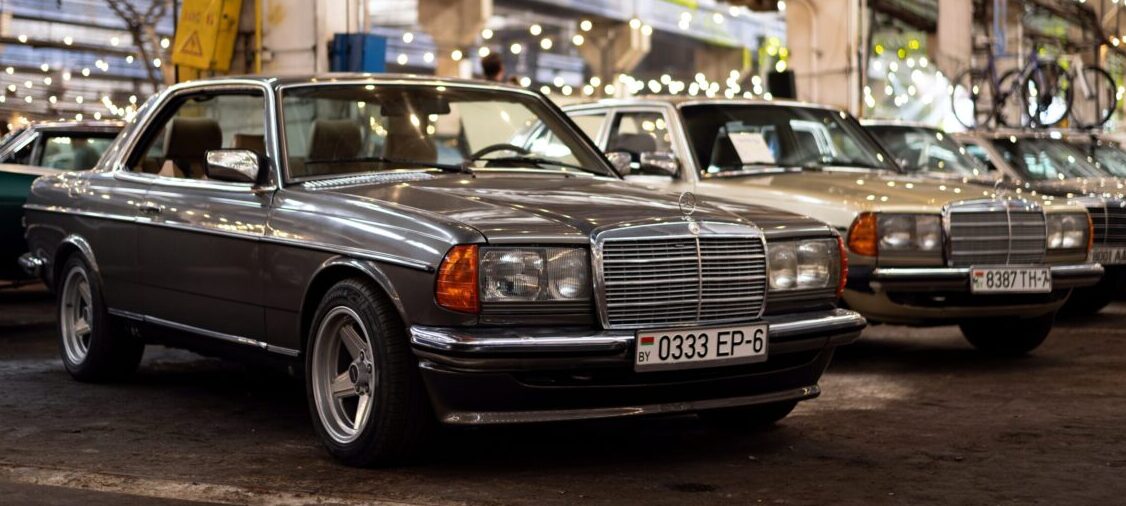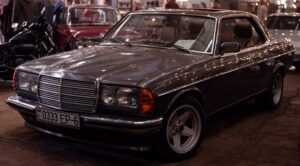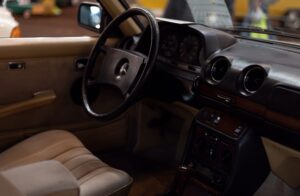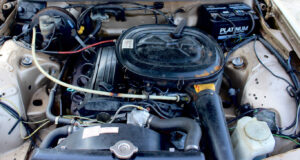Which Mercedes W123 to buy?
1. History about Mercedes W123
4. Years and models of Mercedes W123
History about Mercedes W123
Which Mercedes W123 to buy? The Mercedes-Benz W123, often simply referred to as the W123, is a series of executive cars produced by the German automaker Mercedes-Benz. It was introduced as a successor to the W114/W115 series and played a significant role in the company’s history. The W123 was designed to embody Mercedes-Benz’s commitment to engineering excellence, safety, and comfort.
The W123 was officially unveiled in January 1976 and quickly gained recognition for its exceptional build quality and durability. It was available in a range of body styles, including a four-door sedan, a coupe, a station wagon, and a long-wheelbase version. The design of the W123 was characterized by its clean, classic lines and timeless aesthetics.
One of the key reasons behind the W123’s popularity and enduring legacy was its reputation for reliability and longevity. The W123 was also known for introducing various safety features, including innovations like ABS (Anti-lock Braking System) and airbags, setting new standards for vehicle safety in its era.
In summary, the Mercedes-Benz W123 is an iconic series of cars known for its history of quality, safety innovations, and substantial production numbers, making it a significant and memorable part of Mercedes-Benz’s automotive legacy.
Numbers of units produced
The Mercedes-Benz W123 was a highly successful model series. Mercedes-Benz produced approximately 2.7 million units of the W123 series during its production run from 1976 to 1985. This impressive production figure reflects the widespread popularity and commercial success of the W123, making it one of the most prolifically produced Mercedes-Benz models in history.
The widespread adoption of the W123 by individuals, families, businesses, and even government agencies around the world contributed to its reputation for durability and reliability, solidifying its status as an automotive classic.
Mercedes W123 engines
The Mercedes-Benz W123 was offered with a variety of engines, providing customers with a range of power options and fuel types to suit their preferences and regional requirements. Here are some of the key engine options available for the W123:
Gasoline Engines:
- Inline-4 Engines: These engines typically had displacements ranging from 2.0 to 2.3 liters. They included models like the M115 and M102. These engines were known for their smoothness and reliability.
- Inline-6 Engines: The inline-6 engines, such as the M110 and M103, were larger and more powerful, with displacements ranging from 2.6 to 3.0 liters. They offered better performance and refinement.
Diesel Engines:
- OM615: The W123 was one of the first Mercedes-Benz models to offer diesel engines. The OM615 series included four-cylinder diesel engines with displacements ranging from 2.0 to 2.4 liters. They were celebrated for their fuel efficiency and longevity.
- OM616 and OM617: These were five-cylinder diesel engines with displacements of 2.4 and 3.0 liters, respectively. The OM617, in particular, gained a reputation for being nearly indestructible and was widely used in various W123 models.
Special Variants:
- W123 280CE 5.0 AMG: This rare and special version of the W123 featured a modified V8 engine produced by AMG, Mercedes-Benz’s performance division. It had a 5.0-liter V8 engine, making it a high-performance variant.
It’s important to note that the availability of specific engines varied by market and model year. Additionally, Mercedes-Benz made continuous improvements to these engines over the years to meet emissions standards and enhance performance.
The diverse engine options offered in the W123 series contributed to its global appeal, allowing customers to choose a model that met their performance and efficiency requirements while still benefiting from the legendary Mercedes-Benz build quality and reliability.
Years and models of Mercedes W123
The Mercedes W123 series was produced in various models and variants throughout its production years. Here is a breakdown of the years and primary models:
- 1976-1985: The core model range included the W123 sedan, often referred to as the W123 E-Class. It was available with different engine options and trim levels.
- 1977-1985: The W123 Coupe, a two-door version of the sedan, was introduced and shared many components with the sedan.
- 1977-1986: The W123 Estate (station wagon) was available for those needing additional cargo space.
- 1980-1985: The long-wheelbase version, known as the W123 Lang, was introduced, offering more rear-seat legroom.
- 1977-1981: The rare W123 280CE 5.0 AMG was produced in limited numbers, featuring a V8 engine and AMG modifications.
These are the primary models and years of the Mercedes-Benz W123 series, but there were also regional variations and special editions produced during its production run.
Please note that specific details and variations may vary depending on the market and production year, but this provides a general overview of the Mercedes W123 series.
Are you already a proud owner of a Mercedes W123? If so, check out our selection of parts for this car at the following link:
https://octoclassic.com/product-category/mercedes-benz/w123
Photos sources: Motoring Research











